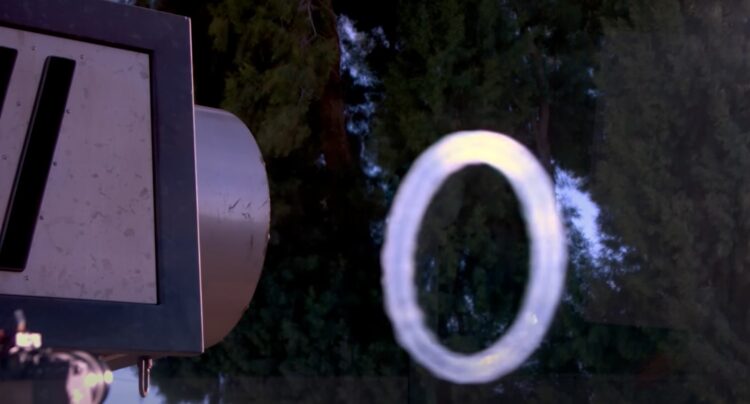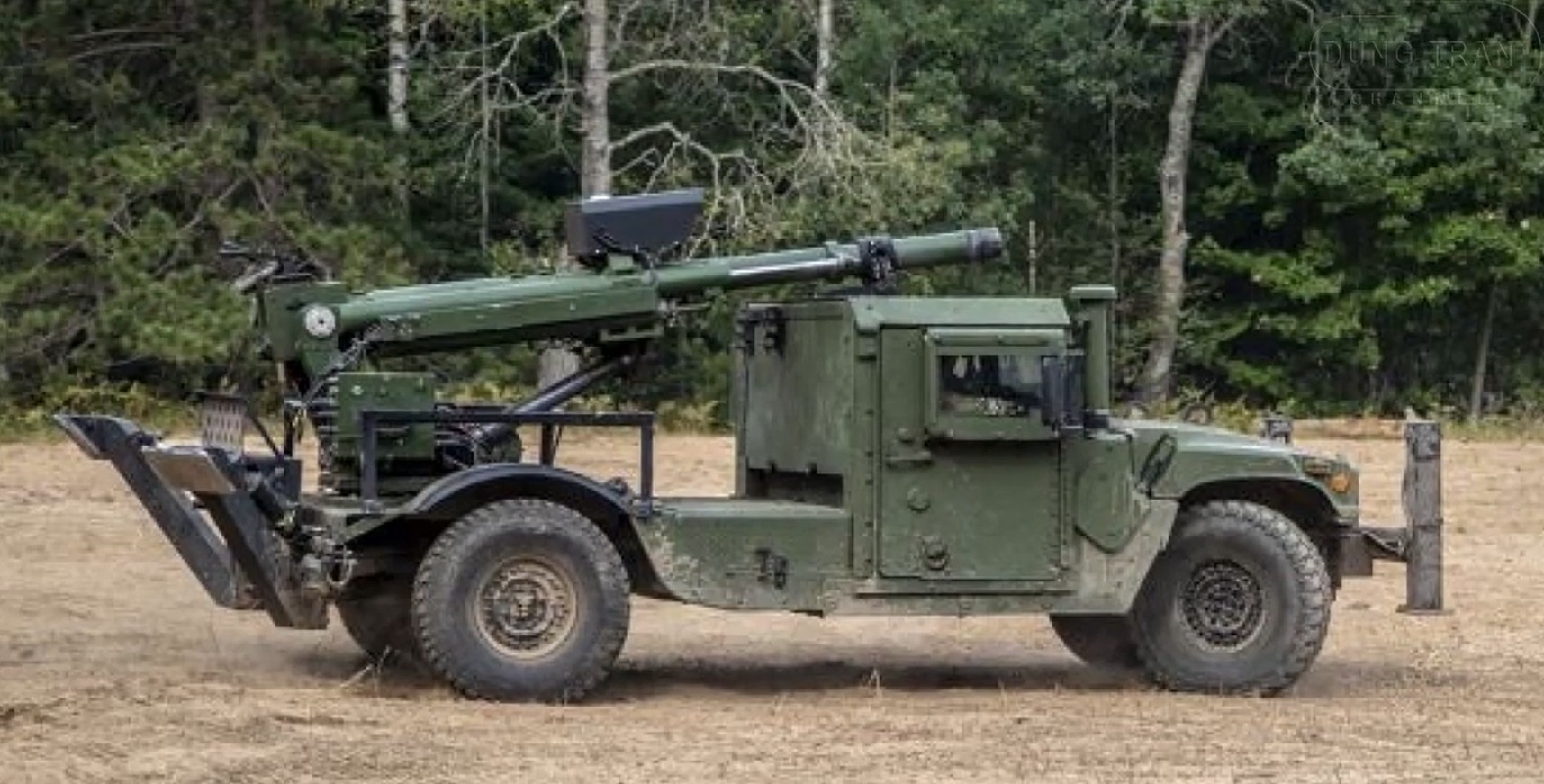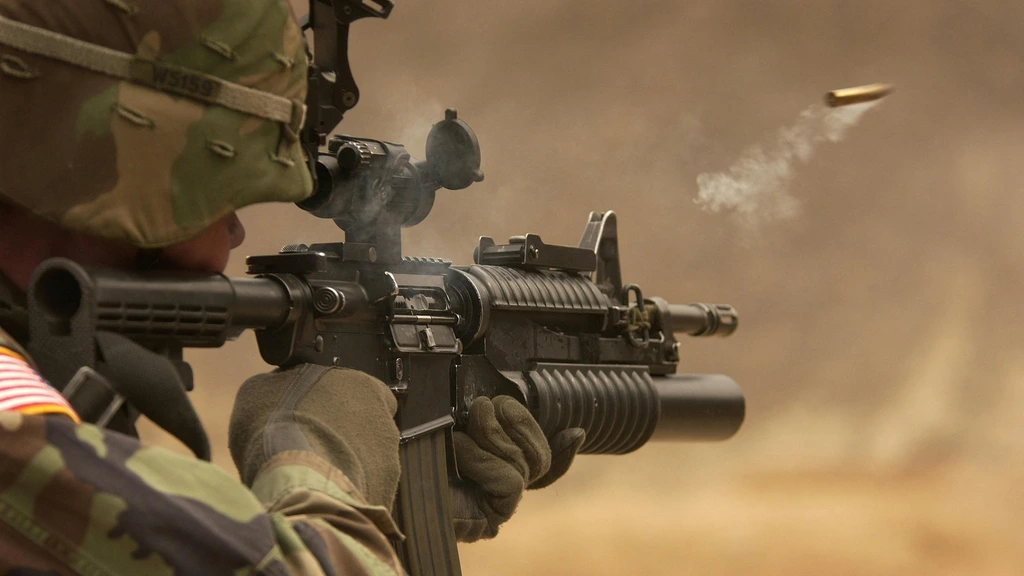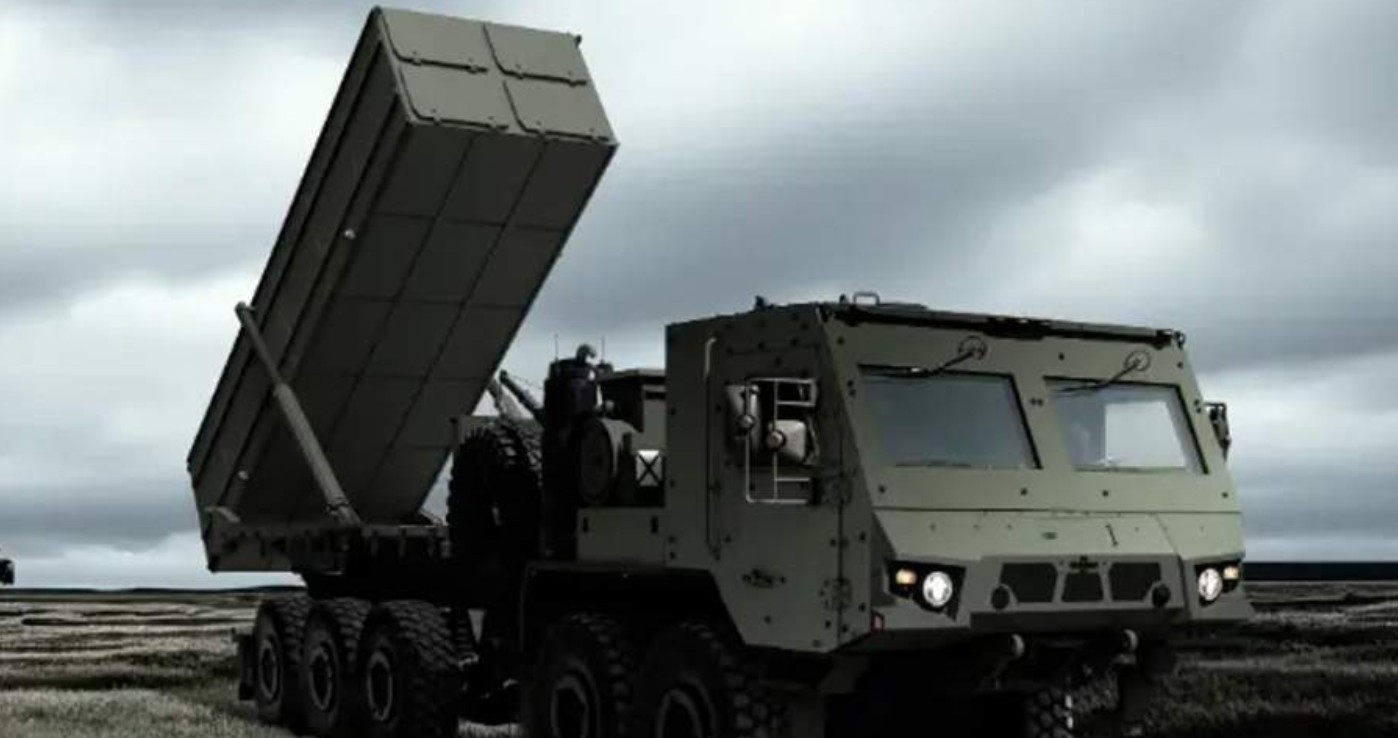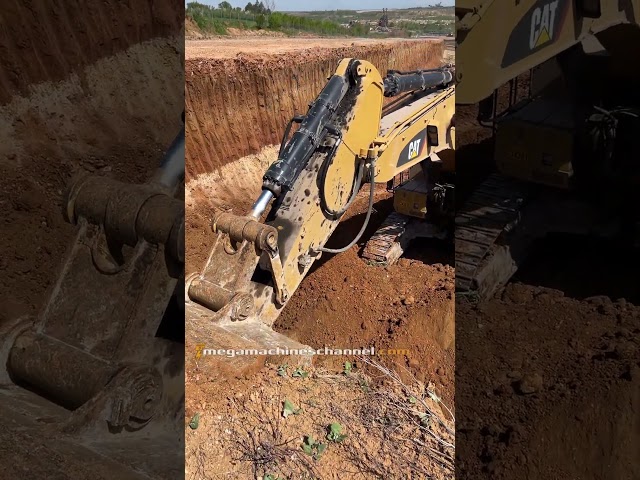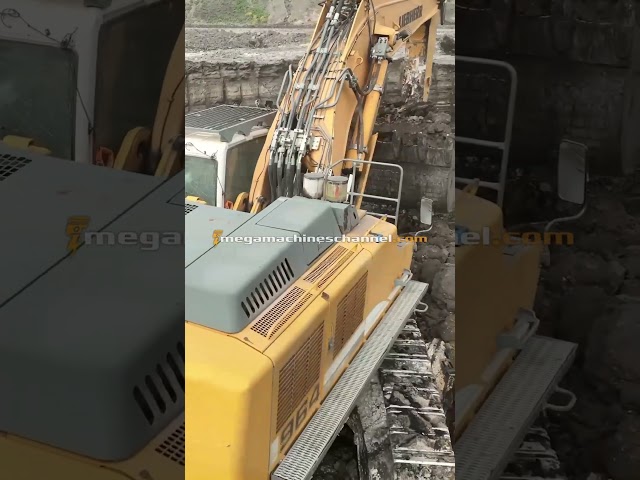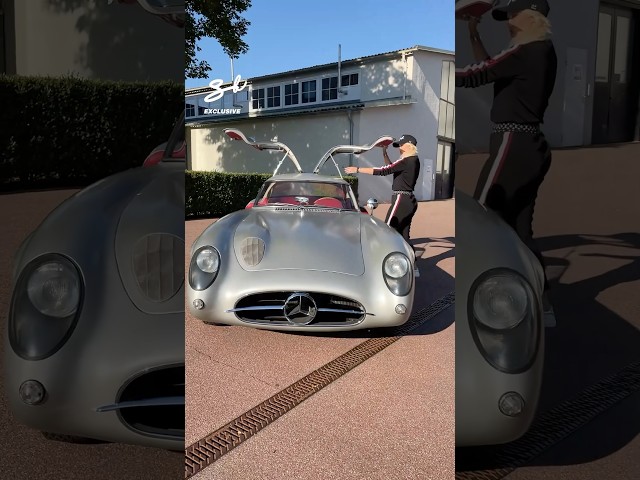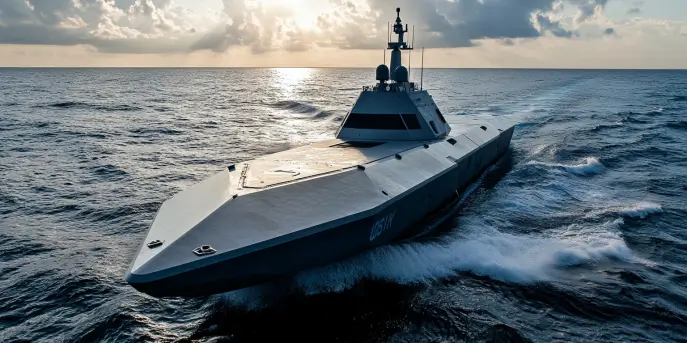The Concept of Vortex Ring Guns
In the realm of advanced military technology, the idea of vortex ring guns (VRGs) has captured imaginations and sparked discussions on potential applications in defense strategies. VRGs harness the unique properties of vortex rings, which are a form of fluid dynamics, to deliver kinetic energy over significant distances. This physics-based technology may hold the key to new, non-lethal but highly effective weaponry options.
Understanding Vortex Ring Dynamics
Vortex rings are donut-shaped, swirling arrangements of fluid or air that can travel quite a distance while maintaining their shape and momentum. A common natural example is the smoke ring, which demonstrates how a puff of air can persist in a circular formation as it moves forward. This behavior is due to the circulation within the ring, which provides stability and optically mystifying effects.
The mechanics involve the creation of a high-pressure front that moves through a medium, such as air or water, propelling the vortex forward. This movement can be harnessed to deliver force or payloads with impressive precision, opening up possibilities for use in military applications.
Military Potential of Vortex Ring Guns
The concept of utilizing vortex rings in weaponry is enticing because it suggests an alternative to traditional ballistic rounds. Several factors make VRGs appealing for military consideration:
- Energy Efficiency: Vortex rings potentially offer a method to deliver force without extensive energy expenditure characteristic of conventional firearms or larger artillery.
- Stealth and Precision: The nature of vortex rings allows for more stealth in delivery compared to traditional projectiles, with potential applications in precision targeting across various terrains.
- Non-lethal Options: By adjusting the power and materials used in vortex creation, VRGs could be tailored for non-lethal crowd control or disabling vehicles and machinery without collateral damage.
Current Developments and Research
Research institutions and military organizations are actively exploring the practicalities of VRG deployment. While still largely in the experimental phase, there are promising signs that the application of vortex technology could see real-world usage soon.
Labs have conducted experiments using compressed air and other gases to generate vortex rings with sufficient speed and force to simulate potential military uses. For instance, disrupting electronic equipment or disabling drones quickly and efficiently is an alluring possibility.
| Characteristic | Specification |
|---|---|
| Ring Diameter | Varies (experimental) |
| Velocity | Up to several hundred meters per second |
| Range | Potentially several kilometers with appropriate medium |
| Payload Capacity | Depends on vortex size and propulsion |
Challenges and Limitations
Despite the promising aspects, there are several challenges to overcome before VRGs become commonplace. The production of large and consistent vortex rings capable of carrying significant payloads remains a hurdle. Furthermore, the need for compact and efficient generation mechanisms complicates the practical deployment in the field.
There are also atmospheric considerations, as factors such as wind, humidity, and temperature can impact the trajectory and stability of the rings. Research continues into materials and designs that minimize environmental impact on performance.
Future Prospects
The military’s interest in VRGs is certainly piqued, with potential applications ranging from tactical battlefield engagements to border defense systems. Enhanced precision and the possibility of non-lethal applications align with modern military objectives to reduce unnecessary casualties while achieving strategic goals.
International defense agencies are keeping a close watch on the developments in vortex ring technology, and collaborations between tech companies and defense departments worldwide may accelerate progress. Beyond military uses, potential civil applications like firefighting and pest control systems that rely on controlled vortex dynamics could emerge as a secondary avenue of innovation.
In conclusion, vortex ring guns represent a fascinating convergence of physics and military innovation, offering insights into new forms of tactical and strategic capabilities. As further research refines the technology, the precise nature of its military applications will become clearer, potentially heralding a new age in defense technology.
